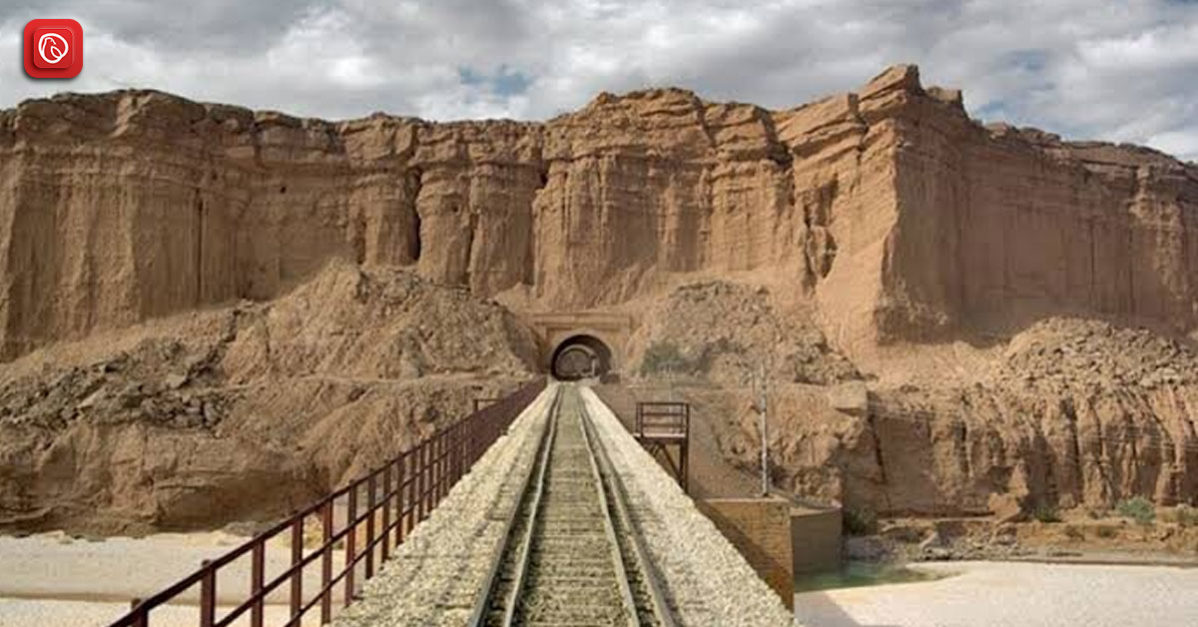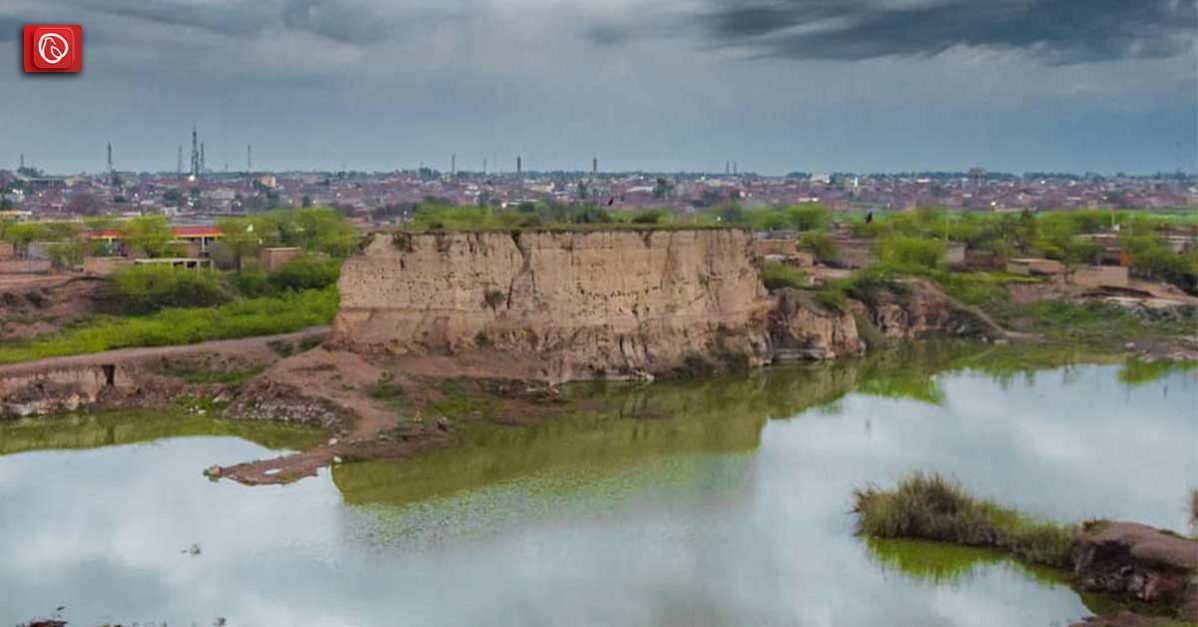National museum of Pakistan established on 17th April in the year 1950 in Frere Hall. The Victoria Museum in Karachi was replaced with the National Museum of Pakistan. In the year 1865, Frere Hall was built as a tribute to the Commissioner of Sindh, Sir Bartle Frere during the 19th century. An Advisory Council was later formed in the year 1950 when the museum was inaugurated.
The Government of Pakistan tasked the Advisory Council to enrich the museum by purchasing new antiquities, works of art and collections. The objective of establishing the National Museum was to assemble, preserve, exhibit, and study the records of the cultural history of Pakistan. The idea was to showcase the best of Pakistan and its people while also promoting and creating awareness of the personality of the people of Pakistan. The premises of the museum were shifted to Burns Garden, Dr. Zia-ud-din Ahmed Road, in the year 1970 where it was inaugurated by the then-president of Pakistan, General Mohammad Yahya Khan.
The national museum is the biggest museum of Pakistan, carrying within it some of the oldest artefacts ever excavated in Pakistan.
It boasts an incredible collection of 58,000 old coins (dating back to 74 Al-Hijra and 550 AD) and well-preserved sculptures. Every year, the National Museum hosts numerous exhibitions on National days and other various occasions. Around 70,000 books and publications of the Archeology and Museums Department were shifted to the National Museum for the public.
The main highlights of the museum galleries include the Gandhara civilization sculptures, calligraphy, miniature paintings, Islamic art, old coins, and rare manuscripts of the Quran. Out of the 300 copies of Quran that the museum holds, 52 are rare handwritten manuscripts. Some of the intricately written manuscripts are in early Kufic and Bahr Arabic scripts. These manuscripts are very popular among the museum visitors. Additional amenities include an auditorium with a capacity of 250 people, eleven galleries covering six stories, committee room and a laboratory.
What really distinguishes the National Museum from all other museums in Pakistan is the fact that it was established after the partition era as a distinct museum for Pakistan to highlight the history of the country and its people as well as to carry within its oldest artefacts excavated in the country. However, most of these artefacts collected by the British were taken to the United Kingdom while some of them were given to the National Museum of Pakistan.
Karachi is known to several well-kept museums in Pakistan. But the National Museum each year holds a lot of exhibitions on National Days and other important occasions and festivals, hosting visitors from all over the country.
Galleries of National Museum of Pakistan
In the beginning the museum only had four galleries but with time it expanded, giving rise to eleven more galleries that covers:
Six stories
An auditorium with a capacity of 250 people
Committee room
Laboratory
A library with 70k publications for research purposes
Each gallery shows and represents a period from Pakistan’s history ranging from the ancient times to the birth of Pakistan. Ethnographic studies are scripted on the inside and outside of the museum building. The studies are either found by accident like the Buddhist manuscripts found in the region of Gilgit Baltistan and Egyptian statues from the quintennial Taxila; or bought from various countries all over the world.
The museum also shows portraits or perhaps a glimpse from the lives of people of Indus Valley and Gandhara Civilization, portraying their creativity and aesthetic sense. These are adjacent to the archival sources of the Pakistan Movement. Household objects, pottery, needles, awls, axes, saws, sickles, knives, locks, and fishing hooks from the Indus valley are encased in a glass window next to it. At that time, these objects were buried into the graves of their owners as a custom and tradition of burial.
The museum is not focused on conventional history but instead is a treasure box of different segments of history showcasing artefacts, paintings, statues, and objects from all eras. It gives a rich experience, exporting you to the time before you, if you need a view from the past then this place is your ultimate adventure.
The galleries of the Museum are taken care by three ushers/curators as well as seven assistants.
The ancient statues will be worth your time and a long glance. The oldest relics are from the cities of Mehergarh and Nowshera which are more than 10,000 years old.
Moving forward with the objects that were excavated from the caves of Islamabad are about a million years old.
Gandhara Gallery
The Gandhara Gallery is a site to behold with its statues of Mauryan emperors. The northern side of the museum has the dioramic panels depicting the diagrams of Buddha’s life (birth to death).The southern side has specimens of stucco and terracotta figures representing Buddhist monasteries.
Ethnological Gallery
The Ethnological Gallery has life size statues of different ethnicities living in the four provinces of modern-day Pakistan.
Indus Valley Civilization Gallery
The next fascinating gallery is the Indus Valley Civilization gallery showcasing rare collections of sculptures and relics, which includes the famous King-Priest.
All the gold jewelry, pottery designs and fabrics such as the ajrak print, portrayed at the museum are still a huge tradition in today’s society.
Pakistan Movement Gallery
A whole gallery has been given to showcase the Pakistan Movement along with features, descriptions and belongings of the people who were part of it. These include:
Quaid-e-Azam’s pens, cuffs, cars, sword
Allama-Iqbal’s personal chair
Liaquat Ali Khan’s walking stick
A window in the museum also shows rare pictures of some of the politician’s youth, and news archives from the Independence struggle. Besides this, there are over 50,000 rare pictures of Pakistan, taken while the country was still being established in 1950 and 1960.
From 1950 to 2011, the government of Pakistan was responsible for its maintenance and management. After the 18th Amendment, its portfolio was handed over to the Sindh Government, along with the administration of the Wazir Mansion Museum and Quaid-i-Azam house. New facilities are still being introduced in the museum such as the newly built scholar’s house for research and discussion, an arts and crafts center for art-holics, and four new galleries.
Chronological Order of Galleries
Galleries in the museum are set up in chronological order (from the stone age to the birth of Pakistan) and the sequence follows as following:
Prehistoric
Proto Historic
Late Harappa
Gandhara Gallery
Hindu Gallery
Quran Gallery
Coins Gallery
Freedom Movement Gallery
Ethnology Gallery
Islamic Gallery
Islamic Arts and Crafts
Other Facilities
General Information:
Entry to the Museums is through the main gate.
Entrance fee is rupees 20 for adults and rupees 10 for children (6-12 years).
Entrance fee for foreigner: Rs.300/-
Visit hours for Summer are: 8:00 am to 7:00 pm, Winter: 9:00 am to 6:00 pm.
The address of the National Museum of Pakistan, Karachi is located on Dr. Zia-ud-din Ahmed Road, close to the Art Council.
The museum shifted to a new exquisite and rich neighborhood of history and architecture. Residing along the beautiful NED university’s old campus, parallel to Sindh Muslim Law College.
The architect of the new building was designed by an Italian architect in the late 1960s and inaugurated by Yahya Khan.
If you liked this article, tell us about your experience at the prestigious national museum of Pakistan in the comments section.
FAQ’s
What is the ticket price of the National Museum of Pakistan?
Admission to the National Museum of Pakistan is priced at PKR 20. The museum welcomes visitors every day of the week, providing an extensive timeframe for individuals to discover its galleries and exhibits. Please note that there is an additional charge of PKR 100 for a photography permit.
How much is the ticket for the Natural History Museum Islamabad?
Tickets for the Pakistan Museum of Natural History are available at the following rates: PKR 30 for local visitors, PKR 20 for students, and PKR 100 for foreigners. Children below the age of 5 can enjoy complimentary entry to the museum.
Which is the biggest museum in Pakistan?
Established in 1865 at a more modest site and inaugurated in 1894 at its present location on The Mall in Lahore during the British colonial era, the Lahore Museum stands as Pakistan’s largest museum and ranks among the most frequently visited.
Which was the first National Museum of Pakistan?
On April 17, 1950, the National Museum of Pakistan in Karachi, housed within the Freer Hall building, opened its doors to visitors. Subsequent plans were devised for the enhancement of this national institution. In the same year, the government established an Advisory Council for the acquisition of antiquities and works of art and it was the first National Museum of Pakistan.






